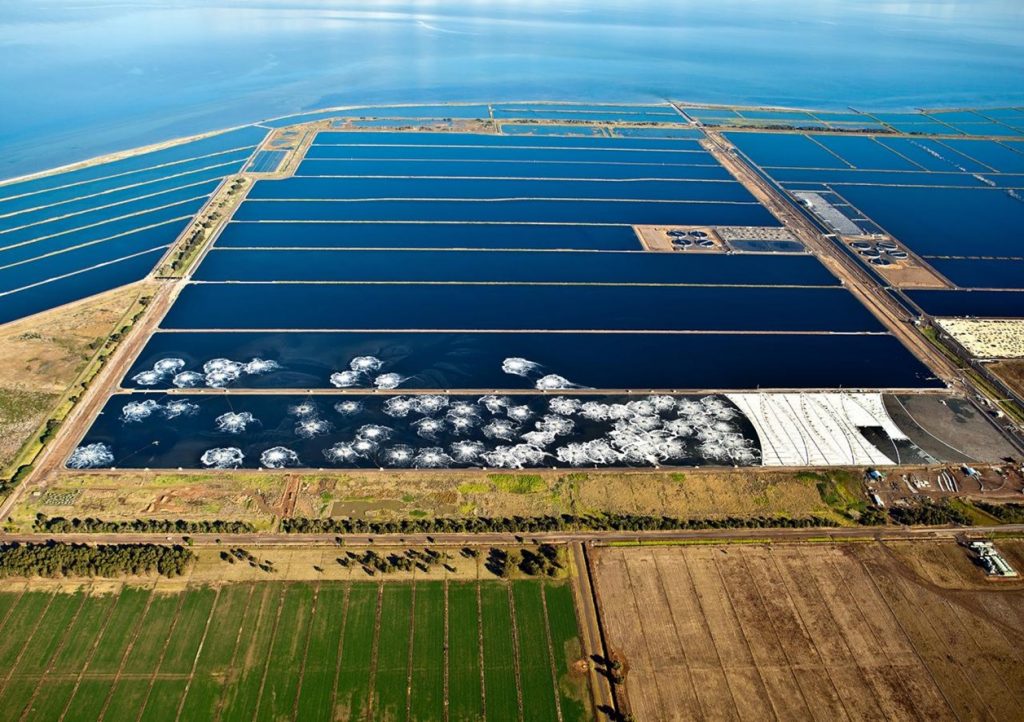Launch Melbourne Western Treatment Plant case study in the operational platform
Description
Melbourne’s lagoon-based Western Treatment Plant (WTP), the largest wastewater treatment plant in Australia, provides a relatively low cost means of treating wastewater to meet environmental discharge requirements. Additionally, WTP produces significant volumes of recycled water critical to agricultural industries during periods of drought reducing demand on potable water supplies.
Since cyanobacteria blooms are a yearly occurrence in WTP’s treatment lagoons, often interrupt the supply of recycled water and reduce the efficiency of lagoon treatment processes. As climate warms, cyanobacteria and other microalgae are predicted to bloom more frequently in shallow water bodies (the lagoons are 3 to 5m deep). Melbourne Water wants to rapidly detect and quantify algal blooms by potential use of remote sensing and hydrodynamic modelling approaches, a capability that is expected to become increasingly valuable to Melbourne Water.
The WTP lagoons cover a large area and an understanding of bloom spatial patterns will facilitate the development of bloom forecasting models that allow operational and asset management controls (e.g. de-sludging targets) to be optimized to avoid and manage nuisance blooms.
Aproach
As the WTP lagoons regularly experience harmful algal blooms there is an immediate need for a model which can describe the development of cyanobacteria abundance over time in the different ponds and be able to forecast future growth given short-term meteorological forecasts. Likewise, early warning capability can be supplied by remote sensing of the ponds in real-time and large-scale observation using satellite imagery. In PrimeWater, near surface and satellite remote sensing will be combined with hydrodynamic modelling to improve the HAB prediction skills in terms of historic simulations as well as for forecasting of cyanobacteria. A development of standardized output of the near surface hyperspectral camera for direct integration into the hydrodynamic and cyanobacteria growth model would allow a continuous forecast of HAB development in the WTP ponds, comparable to the way it is done in weather forecasting.




